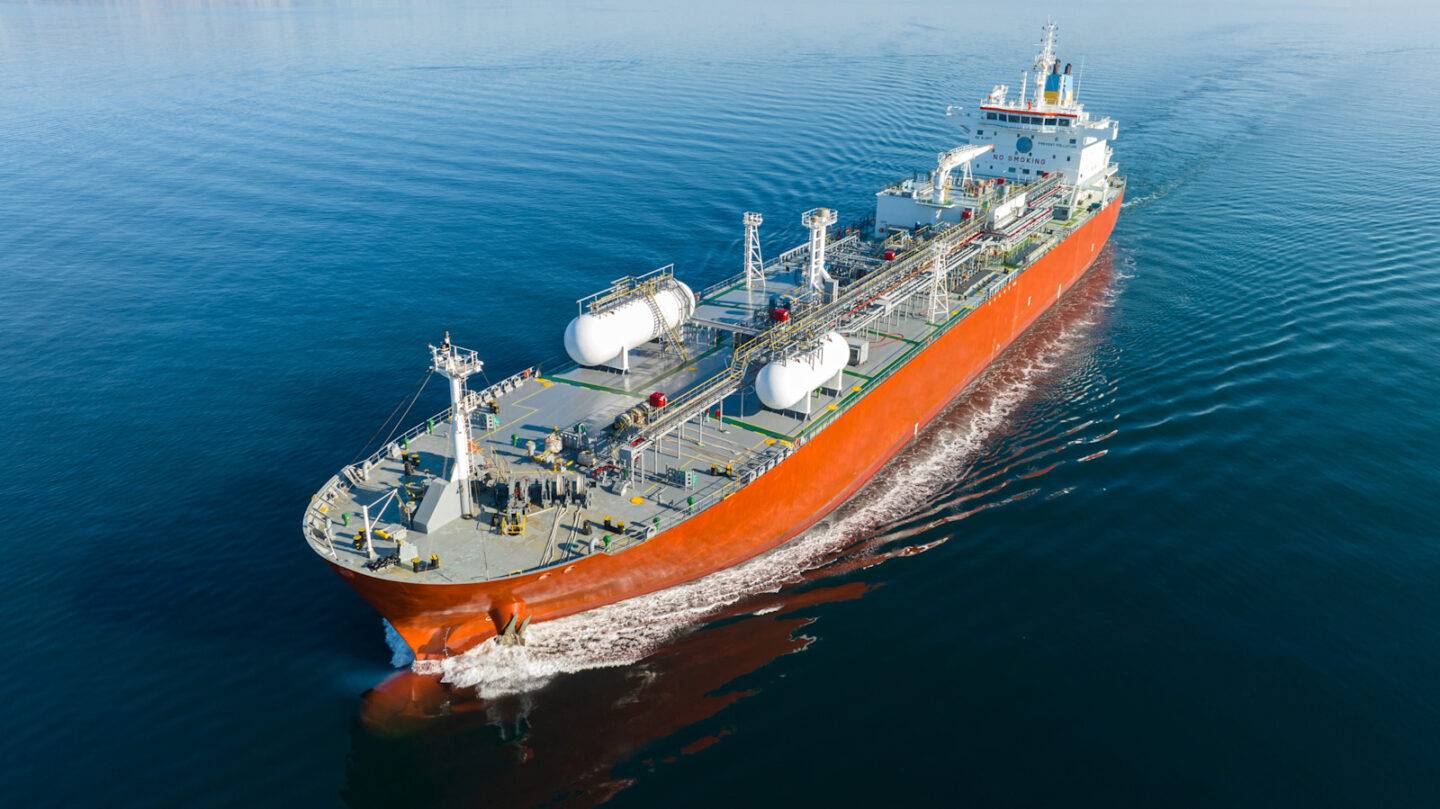Introduction: an evolving industry
The maritime industry is at a crossroads, facing the dual challenge of stricter environmental regulations and the urgent need to combat climate change. As the seascape evolves, so must the approach to powering vessels. Our “Fuel for Thought” series delves into alternative fuels for shipping, providing webinars and in-depth reports exploring the potential benefits and drawbacks of low-emission fuels. From cost management to environmental considerations, the series aims to shed light on the transformative power of various fuel technology under consideration within the maritime sector.
As is true for many emerging and disruptive technologies, safety plays a pivotal role in assessing their overall viability. Many of the fuels being explored could harm human health and have a severe negative impact on the environment if they were to spill into ocean ecosystems. In order for the industry to be ready to embrace the fuels of tomorrow, companies would need to adopt stringent safety management infrastructure that not only safeguards crew and vessels but also protects marine ecosystems from potential adverse impacts.
Methanol: A green maritime fuel with safety imperatives
This first fuel covered in the series is methanol, a regularly produced chemical and fuel that is moving towards green production, providing one possible answer to the decarbonisation challenges faced by owners and operators. Methanol holds promise as a maritime fuel due to its potential to reduce industry emissions, its established handling and shipping infrastructure, and its adaptability to existing ship engine technology.
However, methanol is highly toxic and can infiltrate the body through inhalation, ingestion, skin, or eyes. Immediate and delayed health effects, coupled with its reactivity with strong oxidants, underscore the urgency of cautious handling and storage to prevent fires and explosions. Methanol vapors are denser than air, spreading along surfaces and gathering in confined spaces like engine room bilges. Such characteristics demand specialized ventilation strategies and careful management to ensure crew safety.
Ammonia: opportunities and risk considerations
The second fuel covered in the series, ammonia, is also one of several potential fuels being evaluated, alongside nuclear, hydrogen, LNG, biofuels, and others. Ammonia offers the potential for near-zero carbon propulsion, with its combustion emitting no carbon dioxide (CO2), albeit requiring minor CO2 emissions for pilot fuel combustion.
While ammonia offers greener propulsion, using it as fuel poses safety and environmental challenges. Like methanol, ammonia is both toxic and flammable, emphasising the critical importance of stringent safety protocols and the formulation of comprehensive risk mitigation strategies for its successful incorporation within the maritime industry.

Mitigating risk
While the specific properties and handling requirements might differ between the two fuels, the overarching principles of safety management, leak prevention, and effective response mechanisms apply to both.
- Proper failsafes and inspections: Regular inspections of fuel storage systems, pipelines, and equipment are crucial for both methanol and ammonia to identify potential leaks or vulnerabilities. These mechanisms offer a robust defense against leaks and enable rapid response measures.
- Automated shutdown mechanisms: Automated shutdown mechanisms are effective for both methanol and ammonia to swiftly respond to unexpected releases. These mechanisms can prevent further leakage and mitigate potential risks, enhancing the safety of crew members and the environment.
- Effective ventilation systems: Effective ventilation systems are equally important for both methanol and ammonia. In confined spaces such as engine room bilges, proper ventilation is essential to redirect vapors safely away from crew areas. This plays a critical role in minimising exposure risks and ensuring crew safety.
The importance of safety management
Methanol and ammonia are potential fuels of the future, but they pose unique challenges that need a unified safety approach. A crucial factor in cultivating a safety-centric ethos is shared access to comprehensive safety documentation, protocols, checklists and reports. These resources become the cornerstone of onboard practices that mitigate risks associated with new and potentially hazardous fuels. For both methanol and ammonia, crews’ access to safety checklists, guidelines, and emergency response procedures is pivotal not only in swiftly responding to unforeseen events but also in cultivating a culture of safety that prevents emergencies.
With the diversity of vessel operations and fuel requirements, a unified and digitalised repository of safety information creates a standardised approach that can be adapted to individual contexts. By harnessing the capabilities of digital technology and embracing a shared culture of safety, the maritime industry ensures that the potential transition to these alternative fuels is not only environmentally responsible but also safeguarded against hazards.
Digital technology: the way forward
It’s clear that the path to a greener future is paved with both promise and challenges. For more information and deeper insights, you can explore the “Fuel for Thought” series on LR’s website. But it’s not just about the fuels themselves; it’s about how the industry approaches them. Safety management emerges as a paramount concern, requiring rigorous protocols, fail-safe mechanisms, and a culture that prioritises risk mitigation. Safety documentation, protocols, and expert reports form the foundation of safe practices. This approach transforms potential vulnerabilities into preparedness and establishes a proactive stance that safeguards not only crew and vessels but also our oceans.
Technology’s advantages now go beyond efficiency in this digital era. A digitalised platform for safety management offers a fleet-wide, adaptable solution that can be customised to diverse fuel requirements. It unifies practices, standards, and protocols across varied contexts, ensuring that safety remains an unwavering constant as the maritime industry embarks on this transformative journey.
